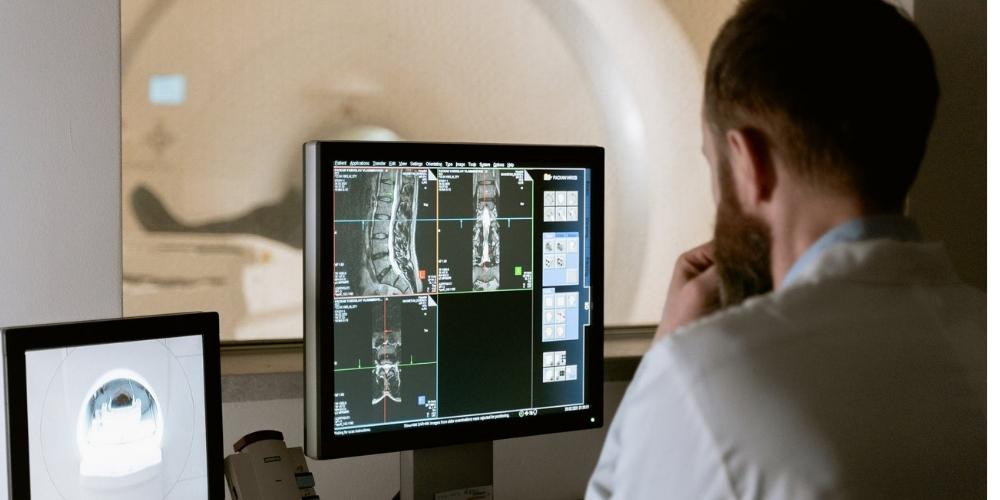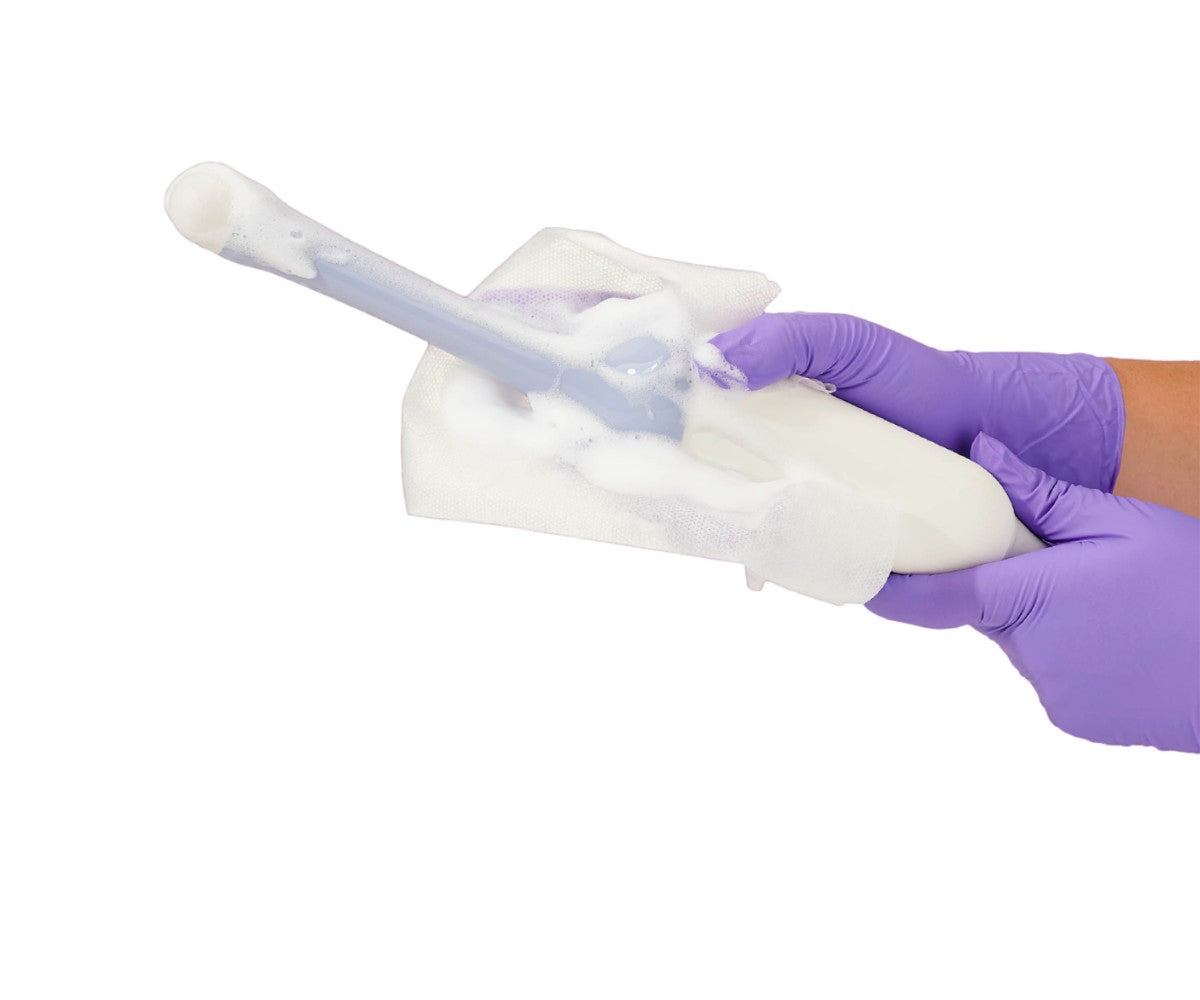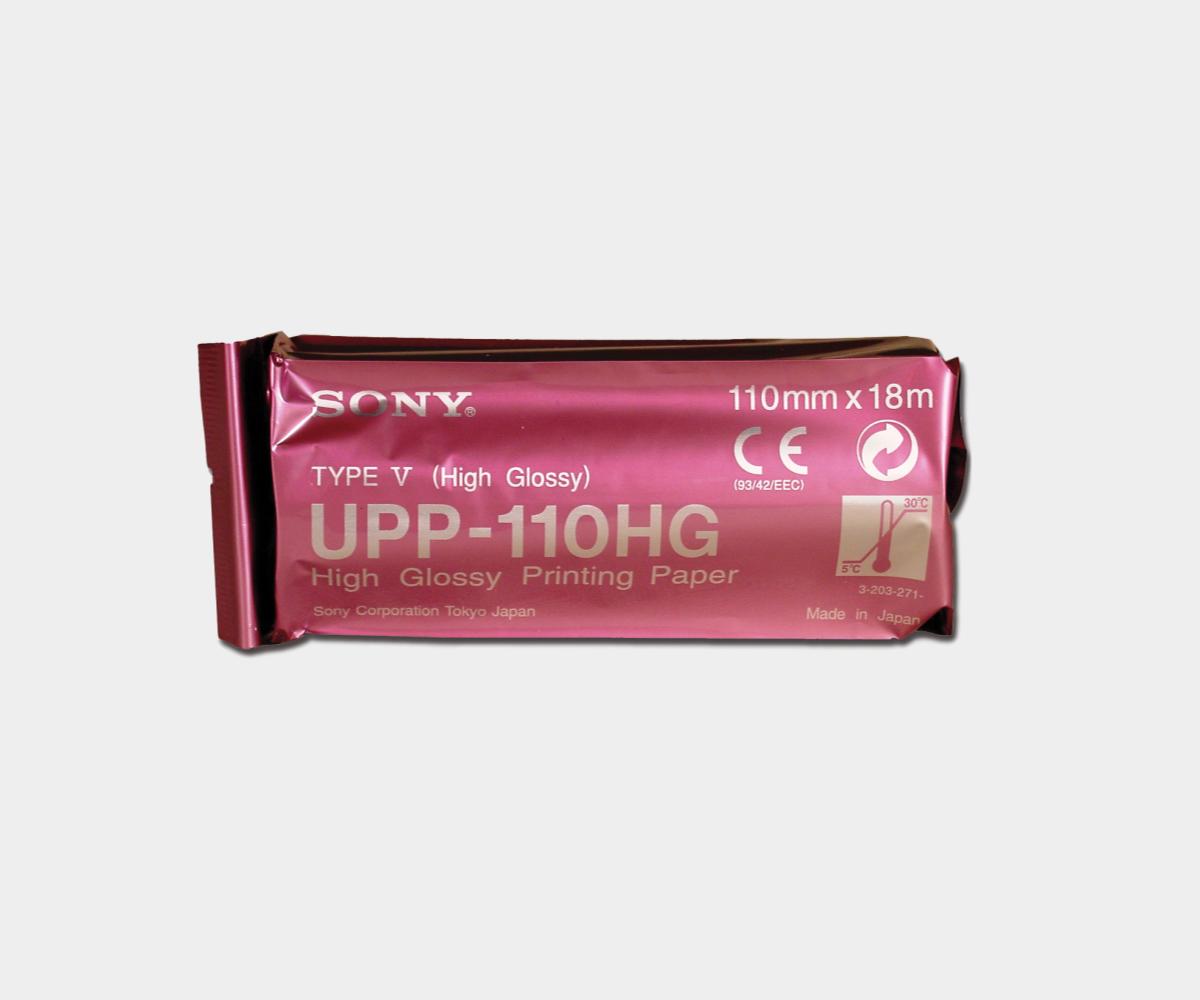There is a rising incidence of chronic diseases such as cardiovascular diseases, neurological disorders, cancer, orthopedic issues, diabetes, and so on. Healthcare systems across the country are facing this problem and responding by placing an emphasis on early diagnosis.
These health problems have created a significant need for medical imaging and have thereby led to an increase in diagnostic imaging exams across the globe. According to a report published by the World Health Organization (WHO), approximately 3.6 billion diagnostic procedures are performed worldwide every year, and around 350 million examinations are carried out on pediatric patients.
In terms of “success,” early diagnosis is crucial to be able to exit the chronic disease state and return to wellness through treatment. In the same way, this is what fuels the growth of diagnostic imaging each year.
Unfortunately, COVID-19 has dominated the healthcare sector for almost the past three years, causing a drop in demand for some imaging services in 2020. However, 2021 brought new opportunities, and imaging services went up and maintained their dominance in the market.
Imaging services are evolving and advances in artificial intelligence (AI) make diagnosis more accessible and precise. Integrating the healthcare industry and AI is a key factor in improving patients' lives and extending their life expectancy.
The impact of this growth benefits not only patients but also represents an increase in the revenue and development of the market. The global medical imaging market is expected to grow from $37.97 billion in 2021 to $56.53 billion in 2028, and North America is forecasted as the most prominent geographical segment.
Annetra W., a senior principal recruiting consultant with Club Staffing, a healthcare staffing agency that specializes in placing allied health professionals in temporary assignments, said that “we have seen an increase in imaging jobs.” As demand is rising, the medical imaging sector is changing and evolving, and the professionals in the field must remain up to speed.
Trends in Medical Imaging
Artificial Intelligence
AI is leading the market, allowing vendors to launch next-generation medical imaging devices that help in prevention, diagnosis and treatment planning, and disease management.
One concern medical imaging professionals used to think about was the possibility of being replaced by AI. The implementation of different technologies has improved the workflow of several facilities, allowing radiologists to invest more time in patients, thereby allowing them to perform better, quicker, and more accurate diagnoses.
Plain film was the traditional way to work with medical imaging, but right now, there is a hybrid in the way doctors and professionals are using paper in this field. The use of digital devices is gaining popularity and images are now seen digitally, facilitating communication between departments, and improving patient care and efficiency.

Employment trends in medical imaging
The demand for imaging professionals remains strong across the country in rural and urban areas. Most facilities seek imaging specialists experienced in general X-rays, MRI, CT scanning, and sonography.
According to the American Society of Radiologic Technologists, there are nearly 350,000 registered radiologic technologists working in healthcare settings. Meanwhile, the U.S. Bureau of Labor Statistics predicts an increase of 9% in radiologic and MRI technologist jobs by 2030, with 21,600 more position openings.
COVID-19 and Imaging
According to Mina S. Makary, M.D, COVID-19 opened a new path for imaging trends. “We’re continuing to learn more about its imaging manifestation: including the extra-pulmonary manifestations. It doesn’t only affect the lungs. There are also neurological and cardiac findings.”
Among the trends in sonography is the use of contrast-enhanced ultrasound during cardiac and abdominal imaging, according to Cassling, an equipment vendor. In addition, lung ultrasonography will continue to be used to evaluate COVID-19 patients’ pneumonia in the intensive care unit (ICU).
The possibilities that medical imaging gives right now in the industry are not only related to COVID-19. By learning more about this disease, healthcare professionals can help each other prepare for future pandemics and other conditions requiring follow-up through imaging.
Point-of-Care Ultrasound (POCUS)
"Bedside Ultrasound" is the regular practice we commonly see in a medical facility, usually at the patient's bedside. The term acknowledges the use of portable ultrasound so that a patient is not inconvenienced by the need to move to a radiology suite to be scanned physically.
Contrarily, point-of-care ultrasound (POCUS) is the practice of trained medical imaging professionals using ultrasound to diagnose problems wherever a patient is being treated regardless of its location (in a modern hospital, an ambulance, or a remote village).
The use of POCUS to this scale is fairly recent, but it is a more accessible way to offer the benefits of medical imaging to different patients in different circumstances. A patient may be scanned using portable ultrasound while in an ambulance on the way to an emergency room, or a patient may be scanned in the trauma bay after being delivered to the hospital emergency room.

Medical Imaging in Ten Years
We have dreamed about a futuristic society full of the most advanced technology for years. Even if you still do not notice, we are there already. So, what can be considered as “futuristic” now?
AI is the technology that has had more impact in the healthcare industry, especially in the imaging field. As we have mentioned before, AI can improve the workflow by automating tedious tasks, facilitating the diagnosis process for professionals, and increasing efficiency and accuracy.
By improving operational efficiency and workflow, facilities aim to see more patients in less time, allowing doctors to provide a more personalized and productive patient experience and allowing patients to have more time to discuss their concerns and doubts.
In an article by GE, they explain that there is a “new era for clinical excellence and patient experience” where healthcare AI will surround us. Their vision reflects a reality where we will be able to own portable imaging technology at home, which will help us get an overview of our current health every day.
Portable imaging devices at home will help diagnose diseases in their earliest stages and receive the proper treatment opportunely. GE Healthcare created a video where you can appreciate this futuristic technology that we are sure will make a difference in the healthcare industry and the life of the global population.
This type of technology is previewed for 2030, but we will not be surprised if it exists sooner with the current speed of advances. The use of AI is becoming more viable and affordable each day.
We are using smart wearable devices already. It is just a matter of time before we can have equipment at home with the proper technology that helps us diagnose and make changes in our lifestyle, even before we notice symptoms in our bodies.
The arrival of innovative systems such as portable CT, 3D/4D ultrasound devices, portable digital X-rays with wireless DR detectors, and fusion imaging enabled CT/PET devices will also contribute to the development of the medical imaging market in the upcoming years.
While we are waiting for 2030 to come, medical imaging and AI will keep helping the healthcare industry to improve global wellness by providing accurate early diagnosis, research opportunities through images, and a more complete vision of the impact of treatments and diseases in the body.
EDM Medical Solutions is committed to remaining a key partner to healthcare facilities across the United States. Our product line is continually evolving to meet the needs of medical imaging professionals who work in a variety of clinical areas, including interventional radiology, sonography, 3D/4D ultrasound, and more.
We offer high-quality solutions for ultrasound, biopsy, surgery, and radiation which are designed to enhance patient care and reduce costs.






